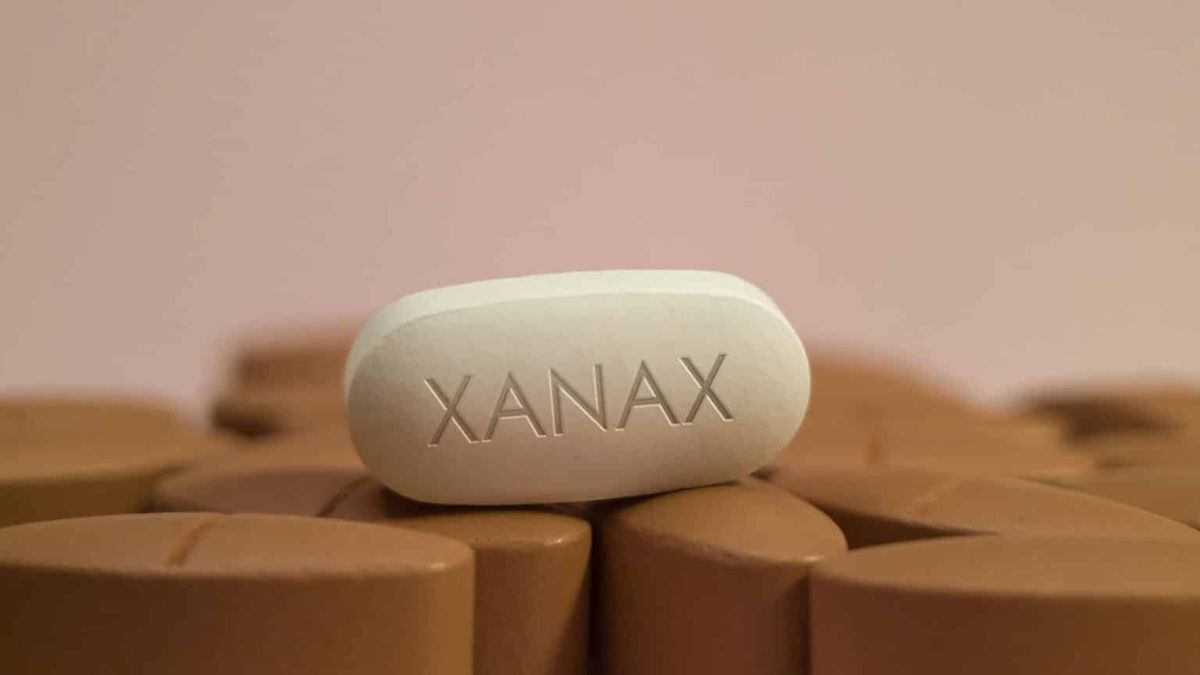Blood clots in breast milk can be a cause for concern among breastfeeding mothers.
This article will comprehensively explore this phenomenon, discussing its causes, symptoms, and treatment options.
We will also tackle managing this condition and its impact on mother and baby!
Ready to roll?
Overview of Blood Clots in Breast Milk
When discovered, blood clots in breast milk, often called “strawberry milk,” can be alarming.
However, it is essential to note that this occurrence does not always cause panic.
While it may appear unsettling, it is a relatively common concern among breastfeeding mothers.
This phenomenon can result from various causes, such as nipple damage, inflammation, infection, or a clog in the milk ducts.
The blood usually mixes with the breast milk during pumping or nursing, causing the milk to take on a pink or red hue.
Identifying Blood Clots in Breast Milk
Blood in breast milk can appear in various colors, from pink to red, brown, or even orange. This color variation is often the first sign that something might be wrong.
Other indicators of blood clots in breast milk might include changes in the baby’s stool color or an increase in spit-ups.
However, it’s essential to rule out other causes of color changes in your breast milk, such as food or drink consumption, before concluding that blood clots are present.
Primary Causes of Blood Clots in Breast Milk
Damaged Nipples
Damaged or cracked nipples are one of breast milk’s most common causes of blood clots.
This damage could occur due to improper latching during breastfeeding or incorrect breast pump usage.
Rusty Pipe Syndrome
First-time mothers often experience a phenomenon known as “Rusty Pipe Syndrome,” which causes breast milk to appear rusty or brownish.
This condition results from increased blood flow to the breasts during pregnancy, releasing blood with the colostrum or milk during the initial days of breastfeeding.
Broken Blood Vessels
The breasts contain several small blood vessels known as capillaries.
Any trauma to the breasts or improper use of a breast pump can lead to these delicate vessels breaking, causing blood to leak into the milk.
Mastitis
Mastitis, a breast infection, can also lead to blood clots in breast milk.
This infection often results from a build-up of milk in the breasts due to irregular feeding or improper latching.
Benign Intraductal Papilloma and Breast Cancer
While rare, conditions such as benign intraductal papilloma (non-cancerous growth in the milk duct) and breast cancer could also cause bloody discharge in breast milk.
Symptoms of Blood Clots in Breast Milk
The symptoms of blood clots in breast milk can vary depending on the underlying cause.
However, some common signs include:
- Changes in the color of your breast milk
- Blood in your baby’s stool
- Increased spit-ups by the baby
- Sore or cracked nipples
- Pain or discomfort during breastfeeding
- Unusual growth or lumps in the breast
- Changes in the taste of your breast milk
If you notice any of these symptoms persisting for several days, it is crucial to seek medical attention.
Treatment for Blood Clots in Breast Milk
The treatment for blood clots in breast milk largely depends on the root cause.
For instance, for damaged nipples, using a nipple cream and ensuring proper latching can help.
In cases of mastitis, rest, hydration, and potentially antibiotics are often recommended.
Medical intervention is necessary for more severe conditions like benign intraductal papilloma or breast cancer.
…Obviously.
Managing Blood Clots in Breast Milk
If you notice blood clots in your breast milk, the first step is not to panic. Speaking with a lactation consultant or healthcare professional should be your top priority.
They can provide the necessary guidance and support to help you navigate this situation.
If you have damaged or cracked nipples, use a nipple cream to ensure your baby latches correctly.
If breastfeeding becomes too painful, you may temporarily switch to pumping until your nipples heal.
Impact of Blood Clots in Breast Milk on Babies
Generally, blood clots in breast milk do not harm babies significantly.
However, a considerable amount of blood in the milk could alter the taste, potentially leading to the baby refusing to feed.
Additionally, the baby might spit up more than usual or have darker stools.
Blood Clots in Expressed Breast Milk
Blood clots can also appear in expressed breast milk.
While the sight of blood in your expressed milk can be alarming, the milk is generally safe for the baby unless the mother has a blood-borne illness.
If you’re uncomfortable feeding your baby milk with visible blood, consider refrigerating the milk to allow the blood and milk to separate before feeding.
Blocked Milk Ducts and Blood Clots in Breast Milk
Blocked or clogged milk ducts can lead to mastitis, which, in turn, can cause blood clots in breast milk.
Regular nursing or pumping can prevent milk ducts from becoming blocked.
If you suspect a blocked duct, a warm compress can help, along with gentle massage and frequent nursing or pumping.
Blood Clots in Breast Milk and Breastfeeding Complications
While blood clots in breast milk can lead to some breastfeeding complications, these are usually temporary and can be managed with the right care and support.
Sore or cracked nipples can make breastfeeding painful, and changes in the taste of the milk could lead to the baby refusing to feed.
In such cases, seeking professional advice can help manage these complications effectively.
Frequently Asked Questions (FAQs)
How do you know if you have breast tissue damage from pumping?
Detecting breast tissue damage from pumping can be determined by several indicators. Firstly, you may experience pain or discomfort during pumping sessions, such as soreness, tenderness, or a burning sensation in the breast. Additionally, visible signs of tissue damage can include bruising, redness, swelling, or abrasions on the nipple or areola. If you notice blood in your expressed breast milk or if the milk appears pink or discolored, it could also indicate tissue damage. It’s essential to consult a healthcare professional if you suspect breast tissue damage from pumping for proper evaluation and guidance.
Can my baby drink pink breast milk?
If your breast milk appears pink, it could be due to the presence of small traces of blood. In most cases, a small amount of blood in breast milk is not harmful to the baby.
Is it normal to have chunks in breast milk?
Having chunks or clumps in breast milk can be normal and is typically caused by the presence of high-fat content in the milk. These fatty deposits can naturally separate and form clumps when the milk is refrigerated or stored. It is generally safe for the baby to consume these clumps. However, if you have concerns or notice any unusual changes in the milk, it’s advisable to consult a healthcare professional for further evaluation and guidance.
How do you get rid of milk clots in your breast?
To alleviate milk clots in the breast, there are a few steps you can take. First, apply warm compresses to the affected area before nursing or pumping to help promote blood flow and loosen the clots. You can also jump in the shower to achieve this. Gently massaging the area towards the nipple during feeding or pumping can also help dislodge the clots.
Is a Blood Clot in Breast Milk Harmful to the Baby?
Blood clots in breast milk are generally not harmful to the baby. However, if the mother has a blood-borne illness, it could pose a risk.
In such cases, it is recommended to consult a healthcare professional before continuing to breastfeed.
In conclusion, while blood clots in breast milk can be alarming, it is not usually a cause for concern.
However, if you notice persistent symptoms or have any concerns, it is crucial to seek medical attention to ensure your and your baby’s health and well-being.
The information provided in this article is for informational purposes only and is not intended to be a substitute for professional medical advice, diagnosis, or treatment. Always seek the advice of your physician or other qualified healthcare provider with any questions you may have regarding a medical condition. Do not disregard or delay seeking professional medical advice because of something you read in this article.
References
- American Cancer Society (2022, January 25). Intraductal Papillomas of the Breast. Retrieved July 13, 2023, from https://www.cancer.org/cancer/types/breast-cancer/non-cancerous-breast-conditions/intraductal-papillomas.html
- Mayo Clinic (2022, September 13). Mastitis. Retrieved July 13, 2023, from https://www.mayoclinic.org/diseases-conditions/mastitis/symptoms-causes/syc-20374829
- Verywell Family (2022, November 2). What Is Rusty Pipe Syndrome? Retrieved July 13, 2023, from https://www.verywellfamily.com/rusty-pipe-syndrome-431996








